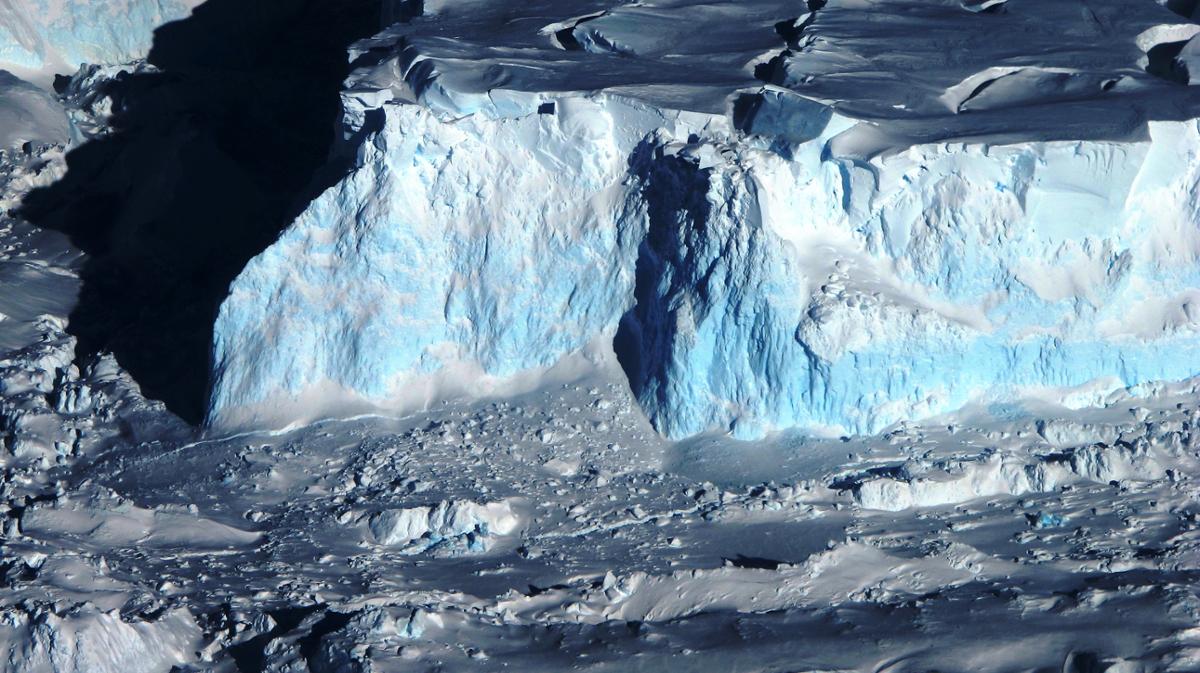Human activities, like burning fossil fuels, are causing Earth’s climate to warm. Global climate change could cause sea levels to rise dramatically due to melting of glaciers in Greenland and Antarctica. The potential ramifications are enormous, because more than forty percent of all humans live within sixty miles of a seacoast. Scientists are especially worried about west Antarctica's Thwaites glacier, which is about the size of Florida. The glacier extends beyond the Antarctic coast into the ocean. Its base rests on grounding points on the ocean floor, with an ice shelf extending beyond. Satellite data collected since twenty eleven show that it is retreating by about half a mile per year. Should it collapse, global sea levels could rise between three and ten feet.
In 2019 an international team of scientists aboard the research ship Nathaniel Palmer launched a robotic submersible to map the seafloor around the glacier. They were looking for evidence of the glacier’s movements in the era before satellite observations. They found a series of grooves on the ocean floor, near a past grounding point of the glacier—a promontory known simply as “the bump”. The grooves were marked when the glacier detached from the bump, bobbing up and down each day with the tides. They indicate the glacier’s rate of retreat at the time.
The researchers were troubled to find that this retreat rate was three times faster than any observed since satellite observations began. Researchers think the grooves were marked sometime before the nineteen fifties. The findings show that the glacier has experienced periods of retreat faster than any previously known, and may be at greater risk of collapse than previously thought.










